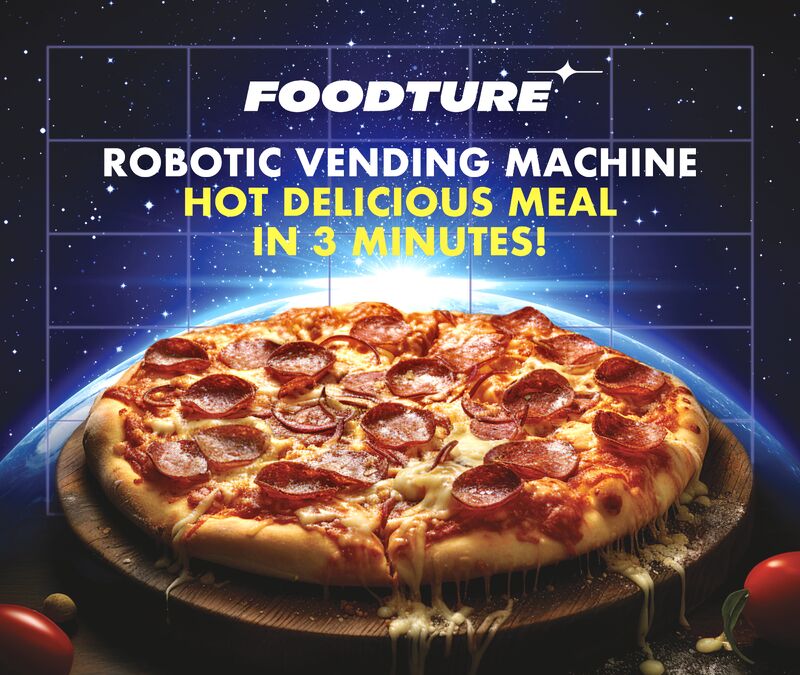Hot food vending machines are reshaping the food service landscape in the USA, offering a unique blend of convenience, innovation, and variety. These machines, once limited to snacks and cold beverages, have evolved to serve fresh, hot meals, catering to the on-the-go lifestyle of modern consumers. As urbanization and busy schedules drive demand for quick meal options, hot food vending machines are emerging as a practical and reliable solution.
A Growing Industry
The market for hot food vending machines has been growing steadily in the USA, driven by advancements in technology and consumer preferences for fast, quality meals. These machines can dispense an array of food items, including pizza, burgers, pasta, soups, and even ethnic cuisine, within minutes. Companies like Basil Street and PizzaForno have introduced innovative solutions that allow customers to enjoy restaurant-quality meals without waiting in long lines.
How They Work
Hot food vending machines use sophisticated heating and cooling mechanisms to ensure food safety and freshness. Most machines are equipped with advanced robotics to handle food preparation, packaging, and delivery. For example, a pizza vending machine can store pre-assembled pizzas in a refrigerated compartment and bake them upon order in under three minutes. This ensures that the food is fresh and hot, providing a satisfying experience for the consumer.
Benefits and Appeal
- Convenience: These machines operate 24/7, making them ideal for busy professionals, students, and travelers who need quick access to meals at odd hours.
- Speed: Meals are typically ready in under five minutes, significantly reducing wait times compared to traditional restaurants or drive-thrus.
- Variety: With options ranging from breakfast sandwiches to gourmet dinners, these machines cater to diverse tastes and dietary needs.
- Cost-Effective: The operational efficiency of vending machines often translates to lower meal prices compared to dine-in options.
Popular Locations
Hot food vending machines are commonly found in airports, hospitals, office complexes, and universities. They are also making their way into residential communities and public spaces, providing an innovative alternative to food trucks and convenience stores.
Challenges and Opportunities
While the technology is promising, there are challenges to overcome, such as maintaining food quality, ensuring hygiene, and gaining consumer trust. However, the integration of artificial intelligence and IoT is helping address these issues. Future developments may include personalized menus, mobile app integration, and eco-friendly packaging to further enhance user experience.
Conclusion
Hot food vending machines in the USA represent a significant shift in how food is prepared and delivered. With their convenience, speed, and versatility, these machines are not only meeting the demands of today’s fast-paced world but also shaping the future of the food service industry. As technology continues to advance, these machines are poised to become an integral part of American dining culture.





Comments